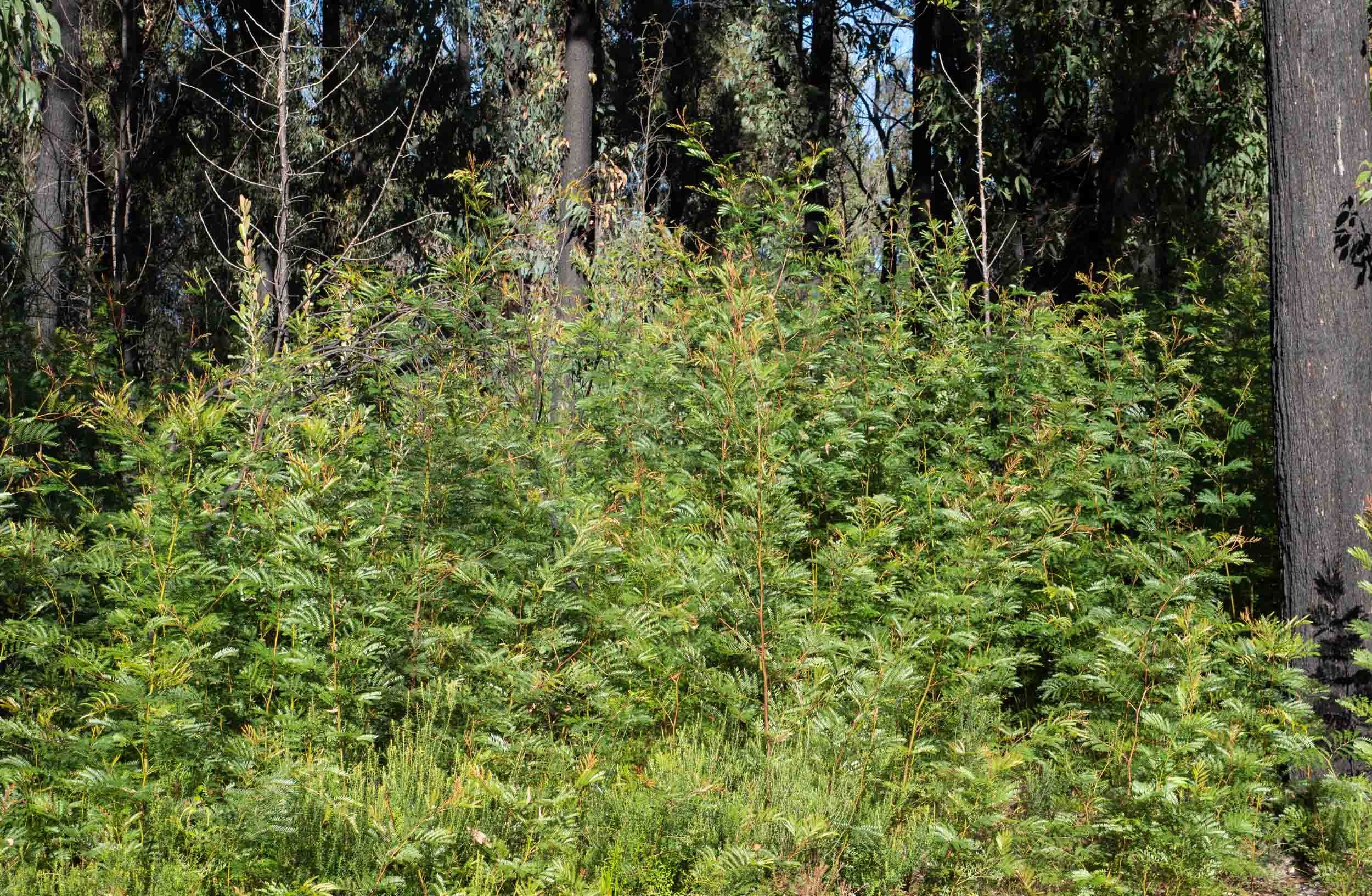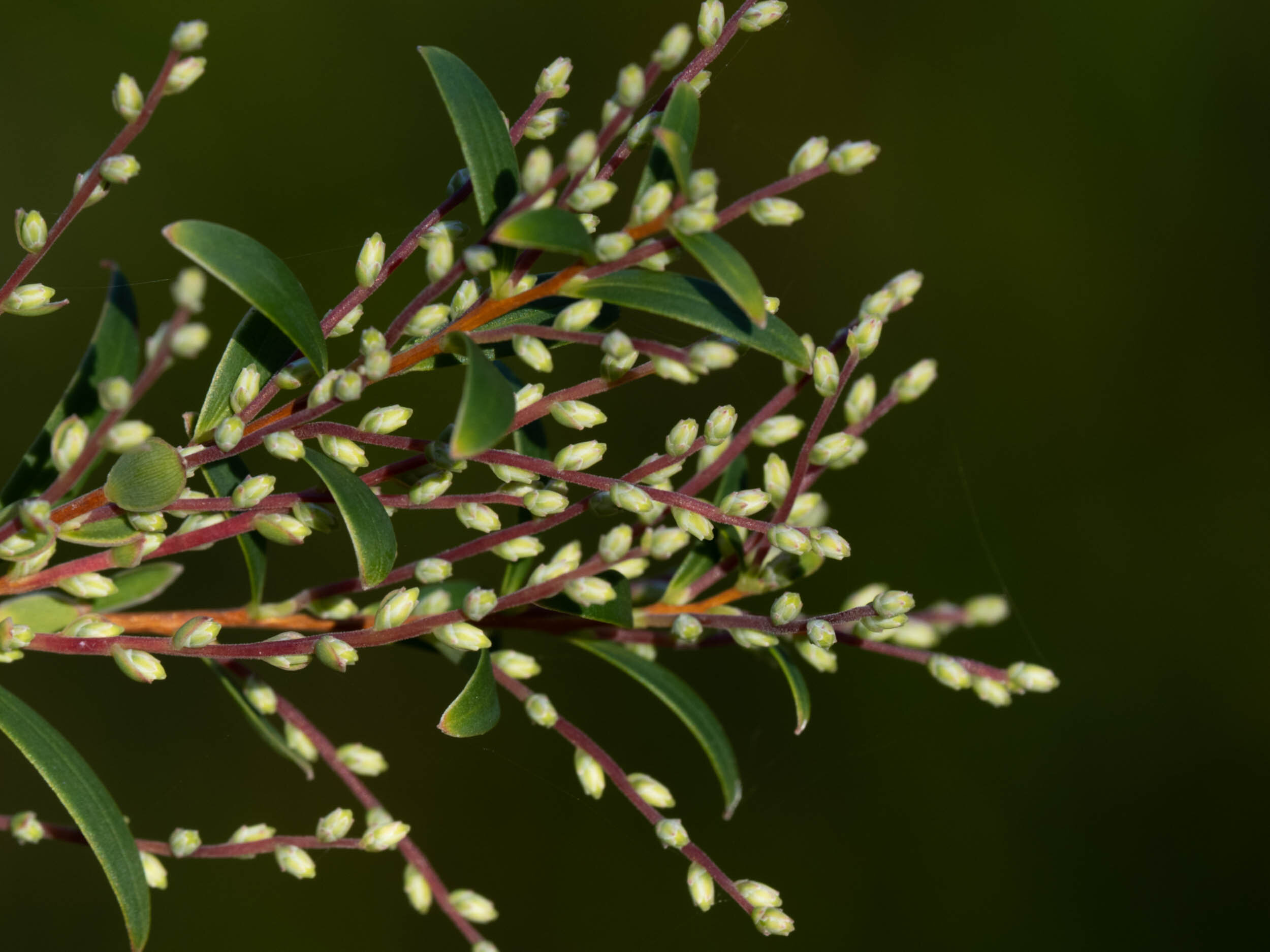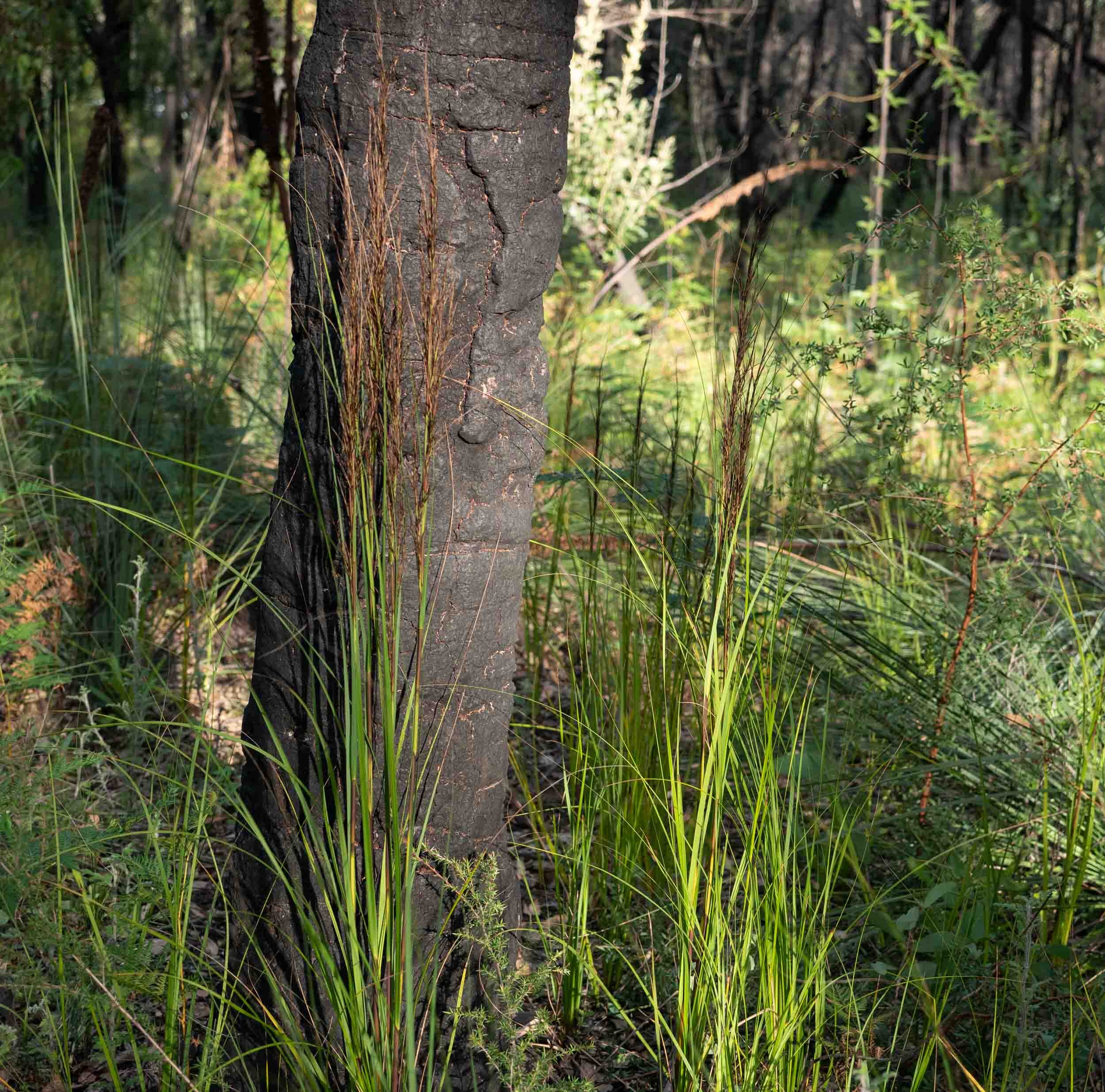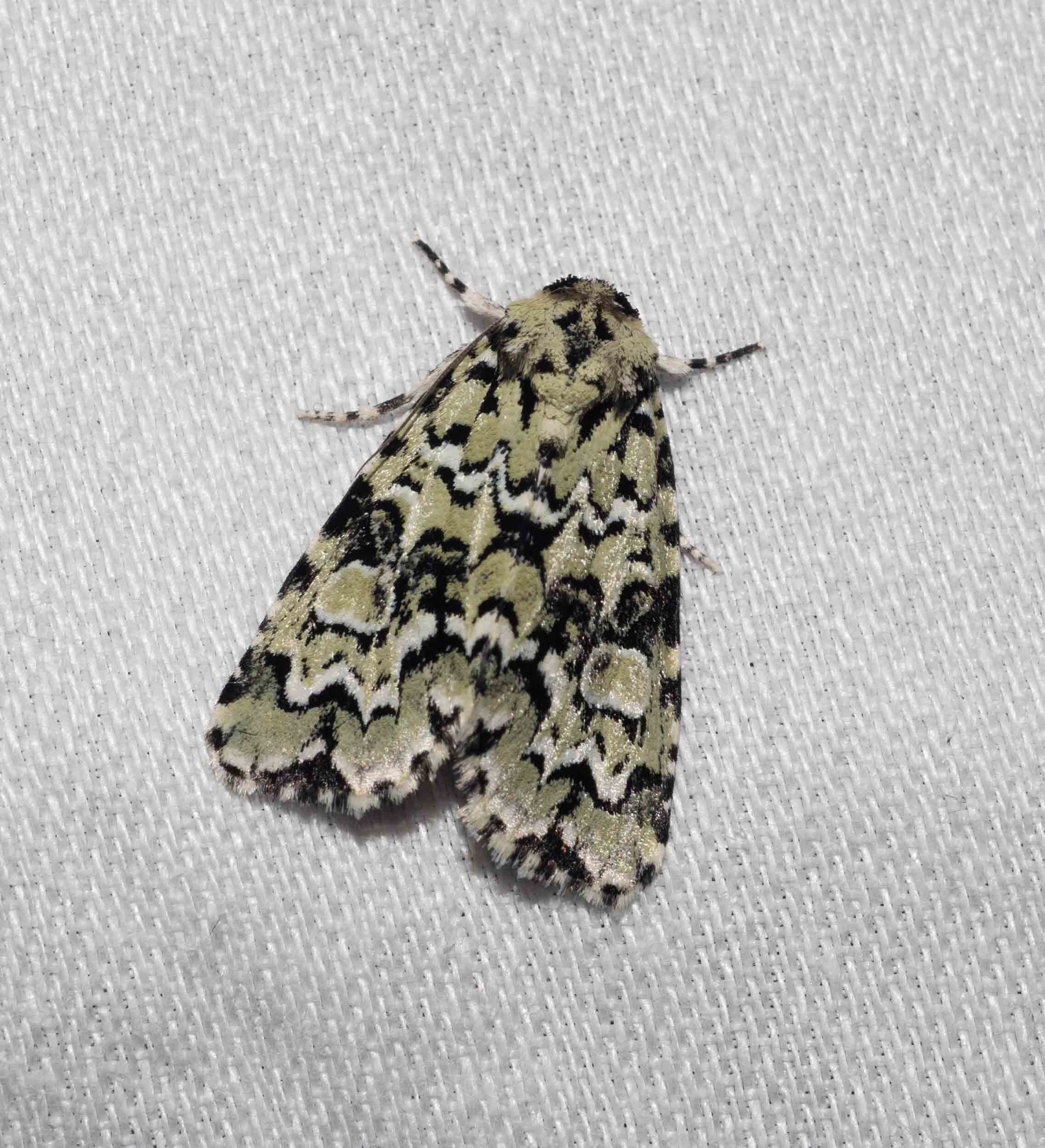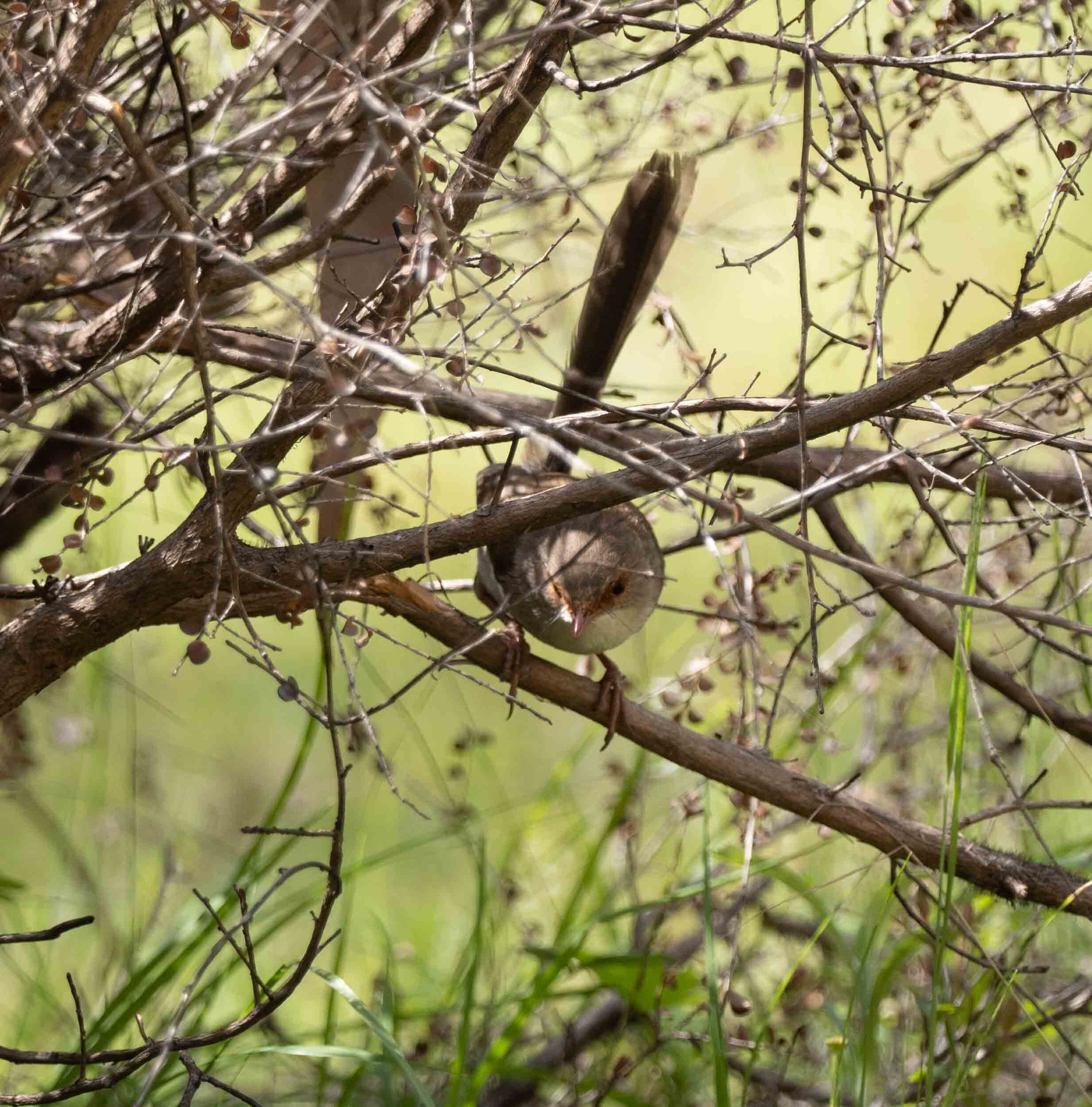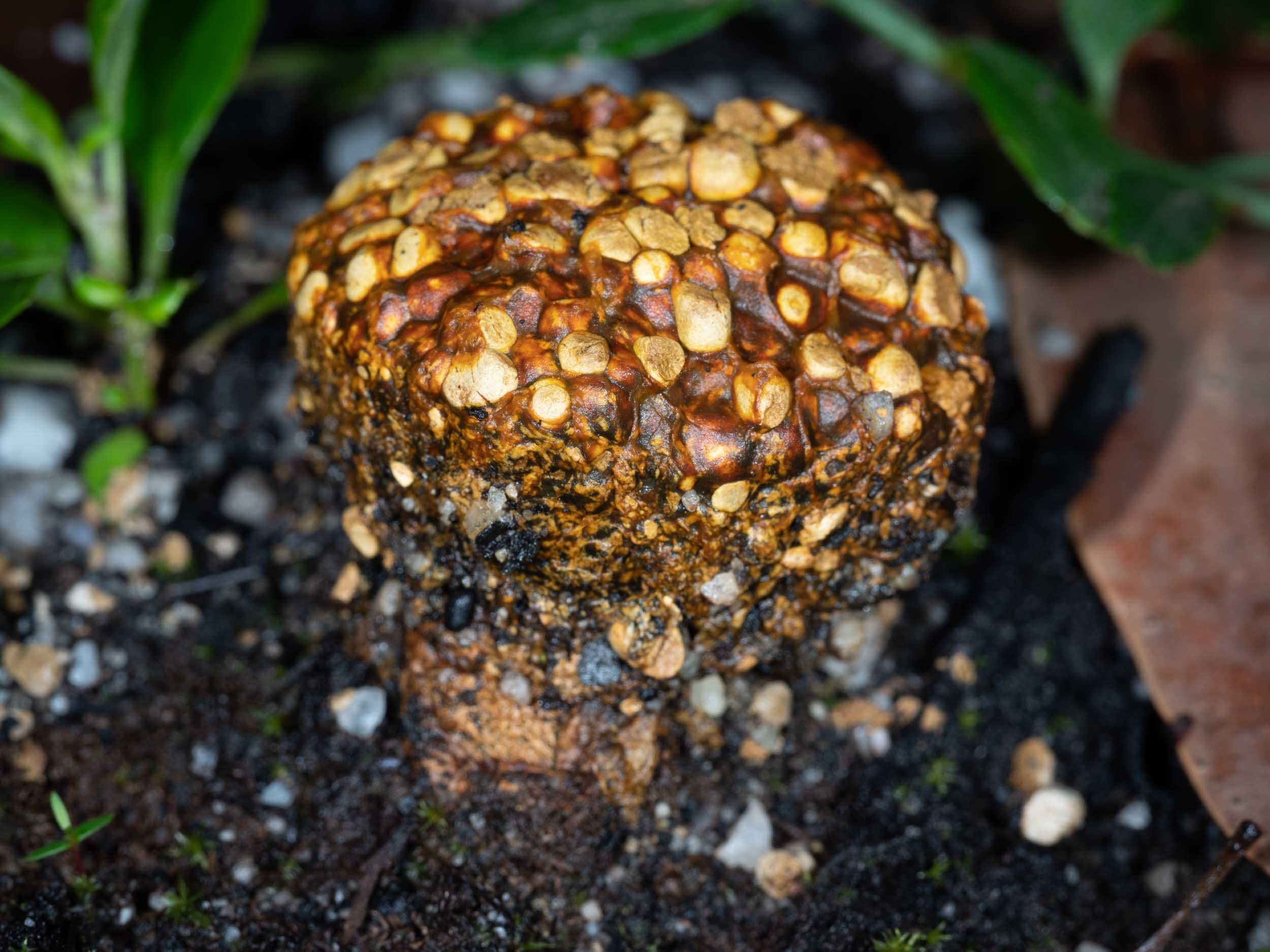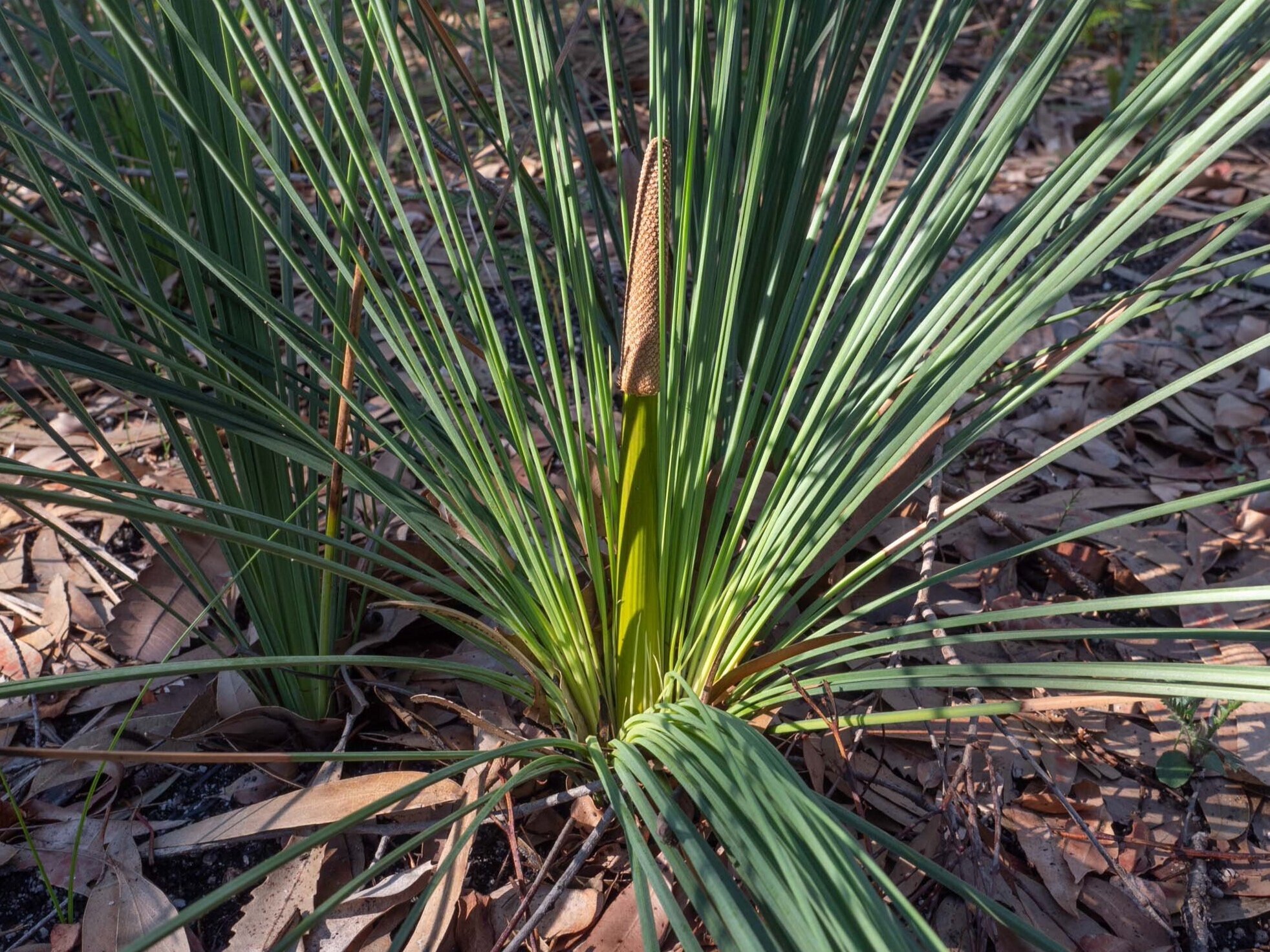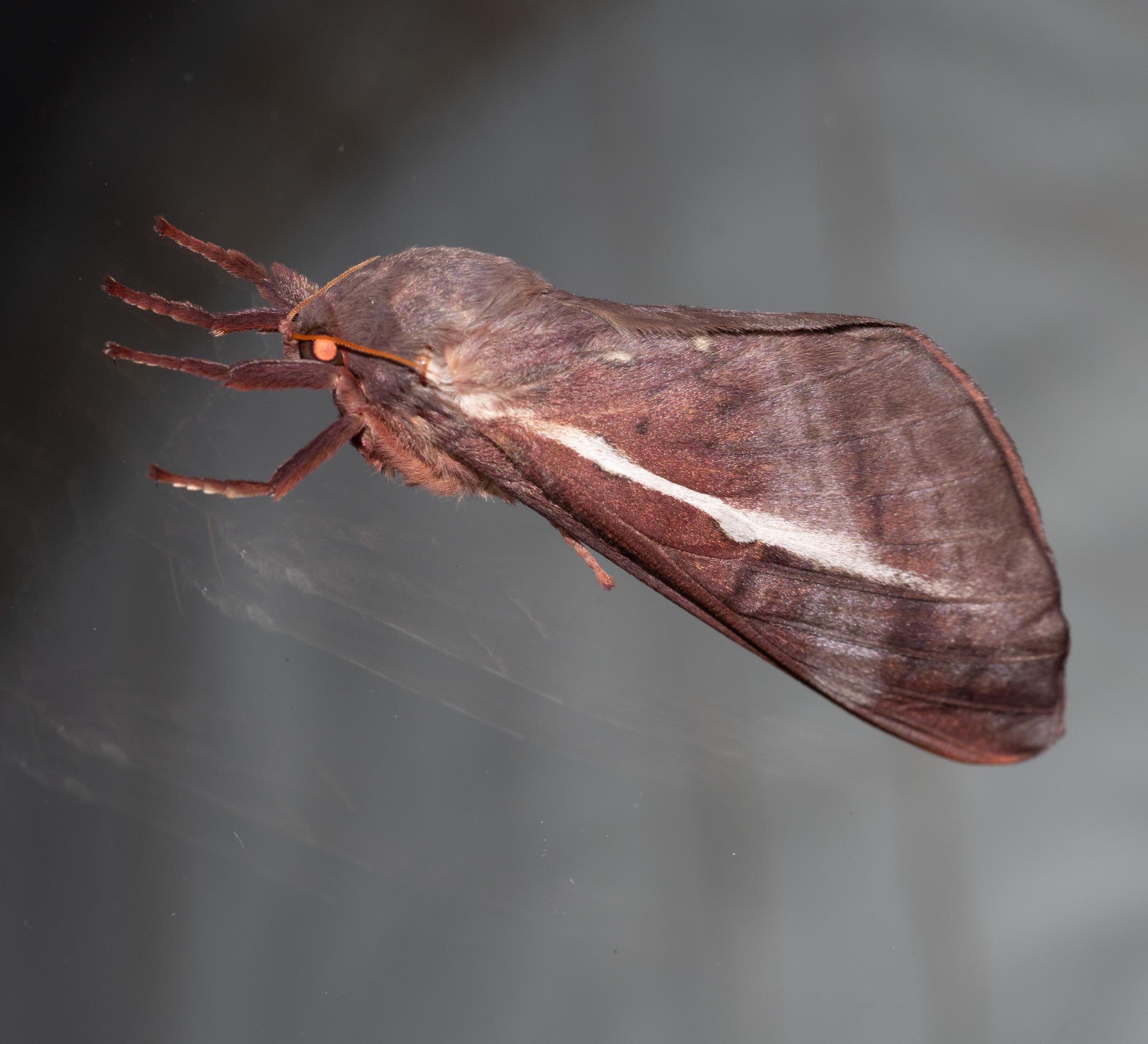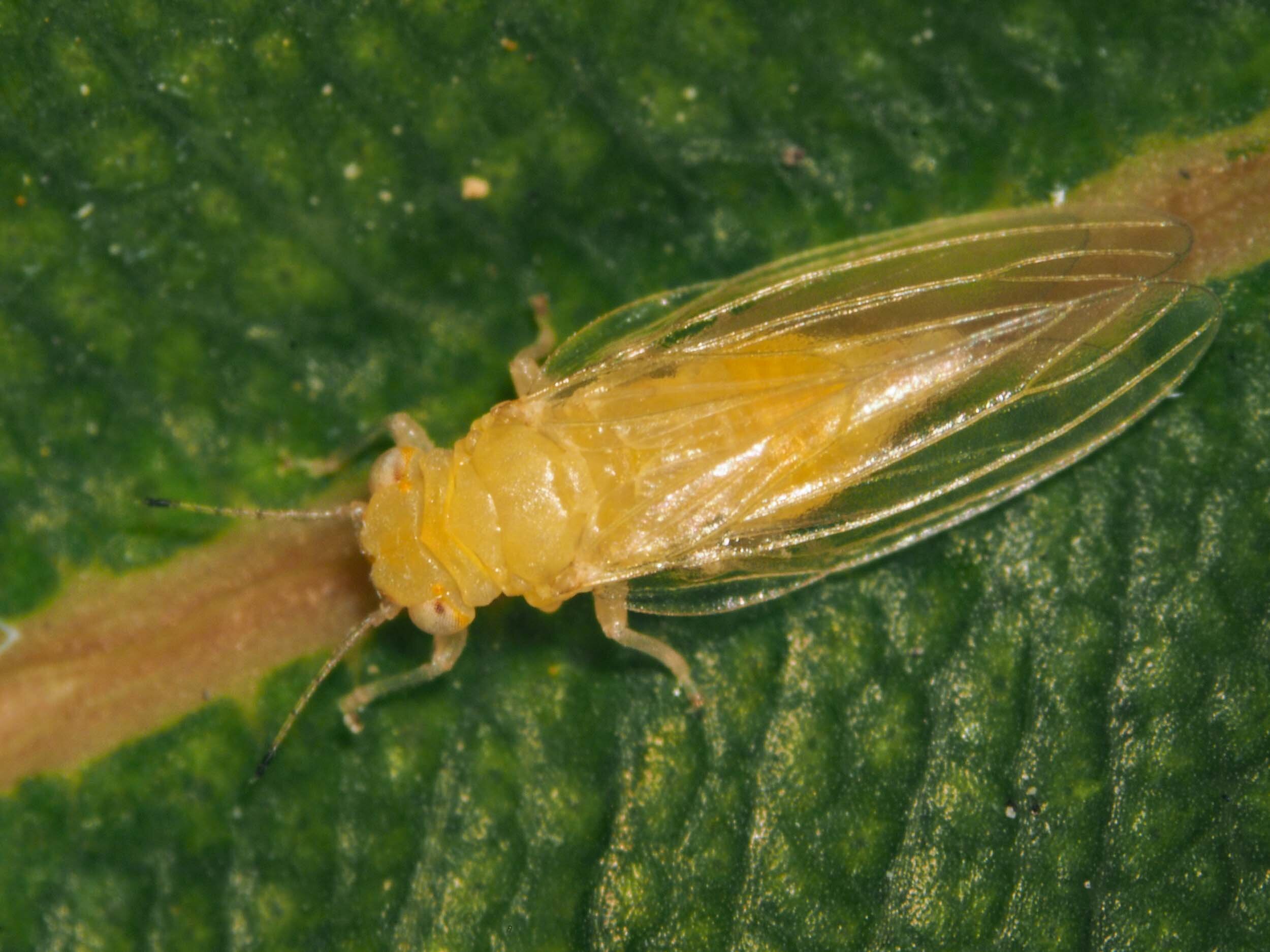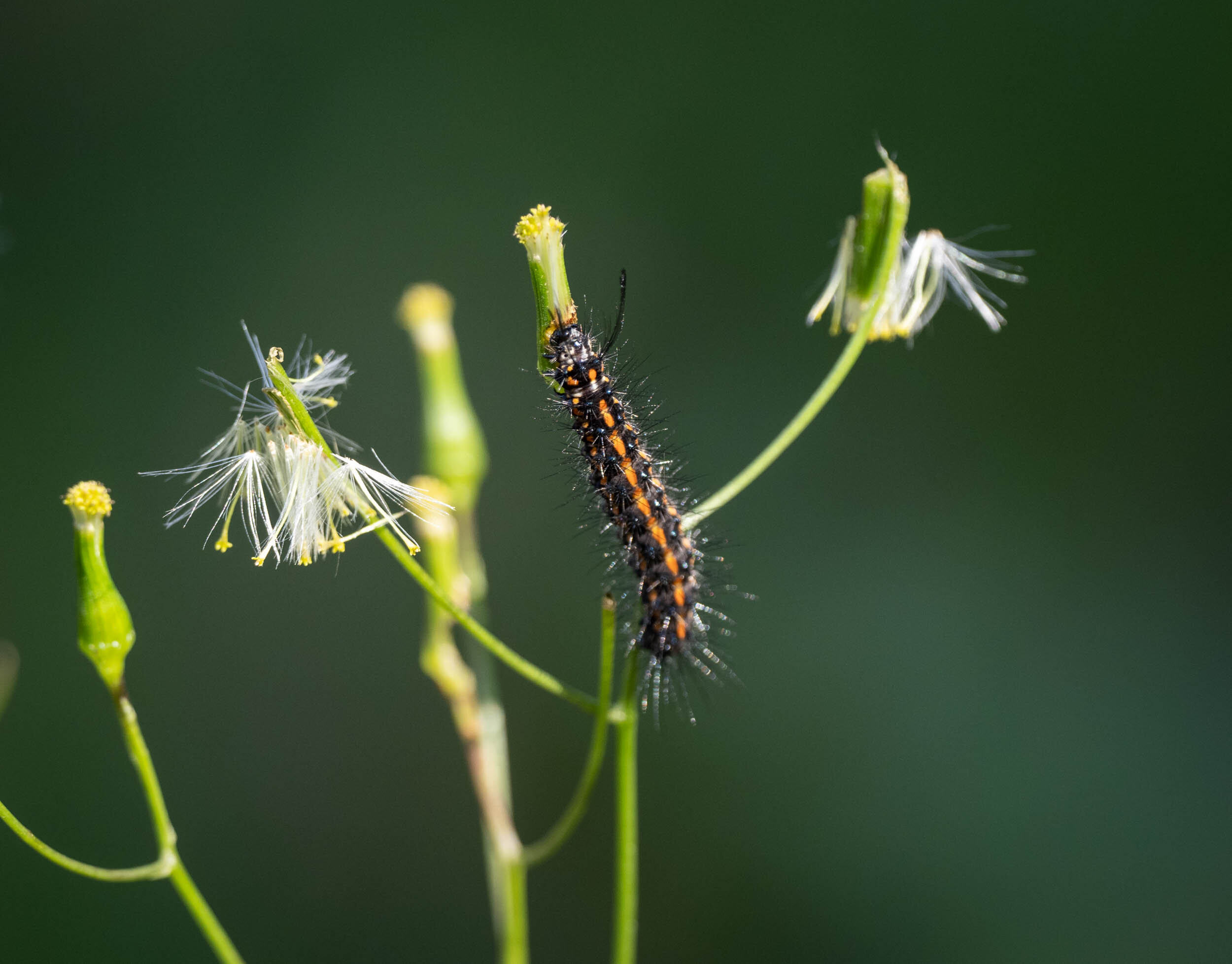Three weeks on
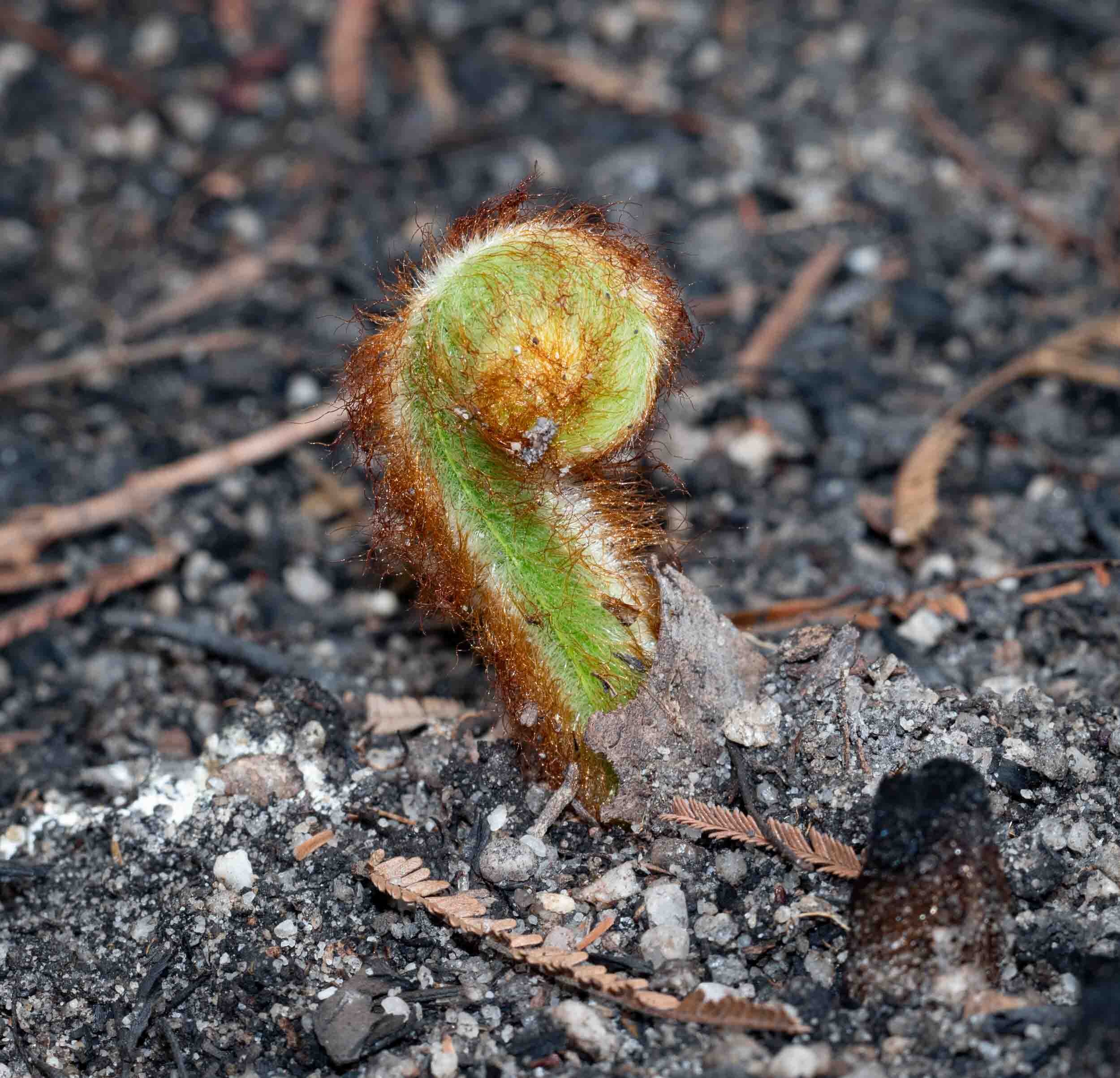
It is now three weeks since the fire swept through the forest. Each day we awaken to the bare and blackened trees and ash-covered soil, reminding us that this was not just a bad dream. Yet every day we find another reason to rejoice. Green shoots and germinating seeds. Emerging insects and night-active spiders. And a growing list of birds taking advantage of the fresh water on offer.
The gallery below is simply a celebration. No analysis, no research, no detailed species identification. Just the many little things that lift our spirits as our lives gradually return to normal.
Another year on since the fire, the forest has continued to recover. It now looks quite different to before the fire. Has it changed for good? Or will it return to its previous state?
Winter temperatures still, but the forest is clearly ready for the Spring transformation.
The forest has undergone an extraordinary renewal - which is ongoing - following the devastating bushfire in January 2020.
Ecosystem recovery as seen with moth eyes
A summary of post-fire recovery of our forest moths - a good proxy for ecosystem health
Fairy-wrens are settling in to breed, taking advantage of spiky dead vegetation.
Soil biodiversity is a good indicator of forest health. The signs are all good!
We anticipate an extraordinary display of Xanthorrhoea flowers this Summer. Fire promotes flowering of these iconic plants. In preparation, I’ve been seeking to learn more about our local species.
Ghost moth larvae took refuge deep in the soil as the fire swept through the forest, to emerge as adults 5 months later.
The strange looking foliage that has appeared on our eucalypt trees since the fire houses a wealth of creatures - an ecosystem in its own right.
Piece by piece our forest ecosystem is reassembling. Insects are populating the rapidly regrowing vegetation.
Three months on, the epicormic growth is astonishing. I seek to learn more, even as I marvel at a sight I may not see again for many years. Indeed, I rather hope not to.

































































